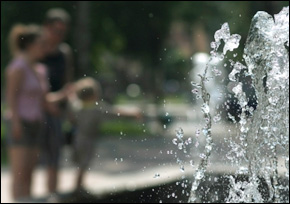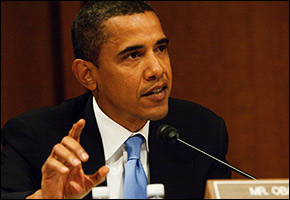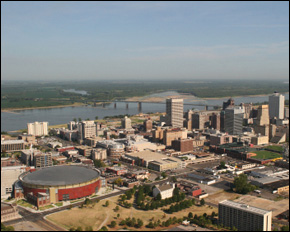London on Tap: Reducing Bottled Water Consumption
 London authorities have paired up with Thames Water, Britain’s largest private water company, to launch a water station program this month that aims to reduce the city’s use of bottled water.
London authorities have paired up with Thames Water, Britain’s largest private water company, to launch a water station program this month that aims to reduce the city’s use of bottled water.
Mayor Boris Johnson’s push for more public drinking fountains in addition to the new station program could be the first steps towards banning bottled water in the city, The Guardian reported Sunday.
A dual-trial run featuring Hydrachill-designed water stations, which resemble household refrigerator water dispensers, will be installed at the Hammersmith bus station, a high-traffic public transit site for west London, and at the iconic Tower Bridge Museum. Hydrachill is also in talks with Northumbrian Water according to story published Monday in Design Week.
Customers will pay up to 20p (roughly 30 cents USD) for 500 ml of water, and all proceeds will go to the U.K.-based charity Waste Watch.
If these test areas, which attract hundreds of thousands of tourists per year, prove popular, then the program will expand across London in preparation for the 2012 Olympics, The Guardian reported. And while greening the Olympic games has become increasingly important over the years, London hopes to set “new standards” on sustainability for the global sporting event.
Late last month the city unveiled a £30,000 ($47,814.60) public drinking fountain in Hyde Park, the park’s first in 30 years.
And while city officials are committed to increasing tap water access, drinking water quality has also improved over the years, according to a study by The Drinking Water Inspectorate (DWI) released in July. The Thames region, where London resides, received a 99.98 percent quality rating, the highest of the eight regions surveyed.
Overall “there has been a substantive step forward in the acceptability of drinking water to consumers in 2008,” the report states. But buying bottled liquid goods is still a billion dollar market. The Guardian reports that 13 billion plastic bottles were sold in the U.K. last year, and “only a third were recycled.”
So how does the U.S. bottled-water consumption match up?
According to the 2008 Water Market Report Findings, 8.7 billion gallons of bottled water were sold in the U.S. that same year, roughly 28.5 gallons of bottled water per capita.
For more information on the energy footprint of bottled water in the U.S. check out U.S. News and World Report‘s synopsis of a study published in the January-March 2009 of the journal of Environmental Research Letters.
Additional Resources:
United Kingdom’s WaterViews
United States WaterVoews
See all our full coverage of Global Water Views.








A drop in the ocean, as they say and of course we all know what will happen. The machines will break down, others will be vandalised, you will hear endless strings of stories about them taking your cash and giving nothing in return. There will then be a health scare as one person claims that they have been poisoned by something in the machines, and then they will be taken out of service, but left lying around for years…of course, huge sums of taxpayers’ cash will have been wasted (again) on bits of useless metal cluttering up the environment. And finally at great cost someone will come and dismantle them and pretend to us that they are being ‘recycled’. No-one has the power to ban bottled water in the City anyway and that’s not what either Thames Water, the Mayor or Government are saying.